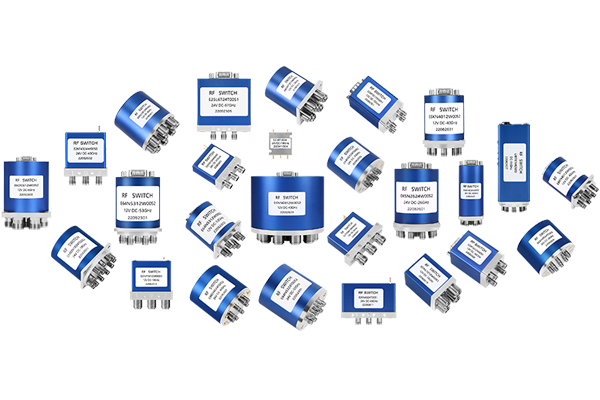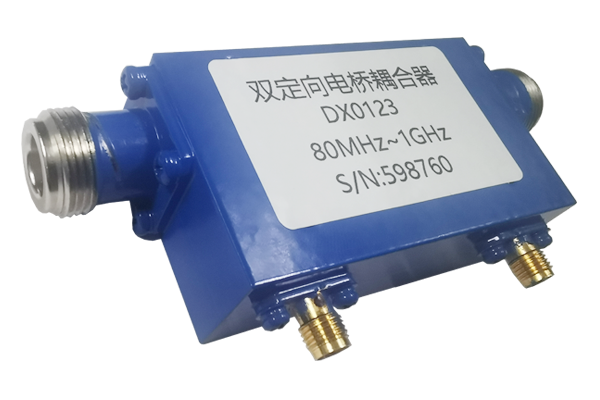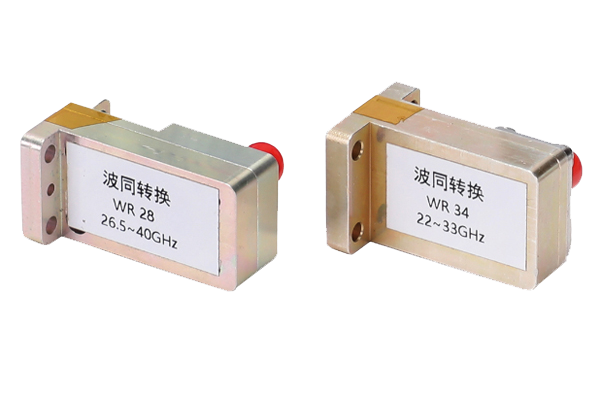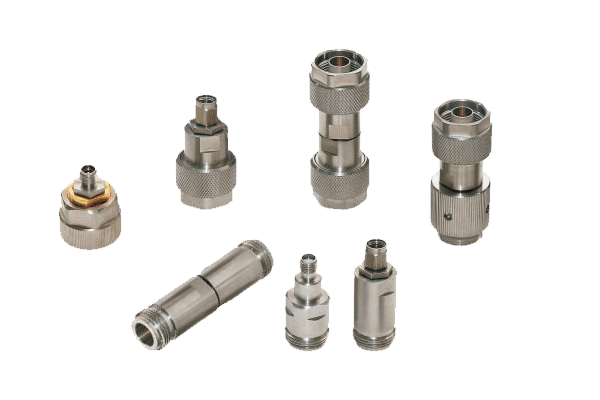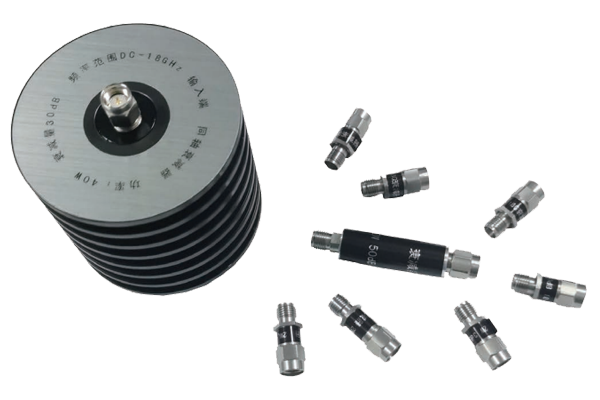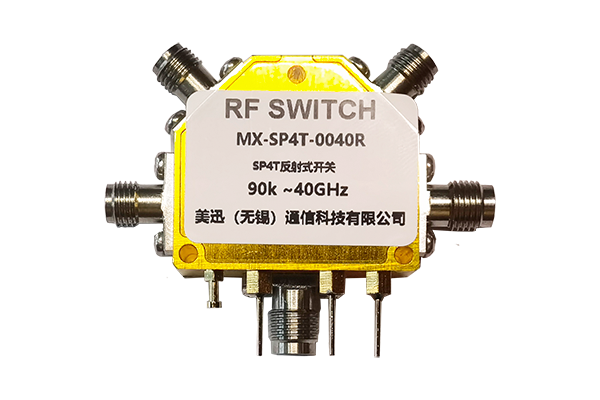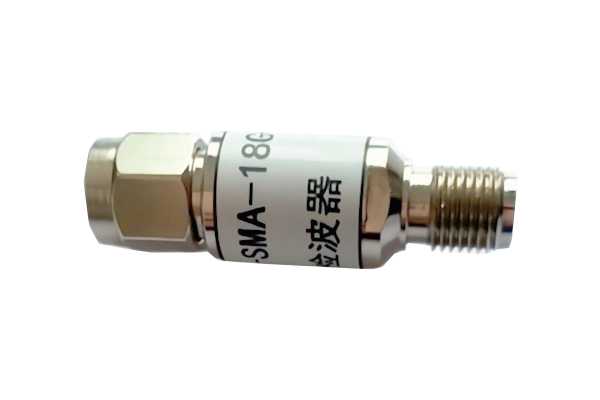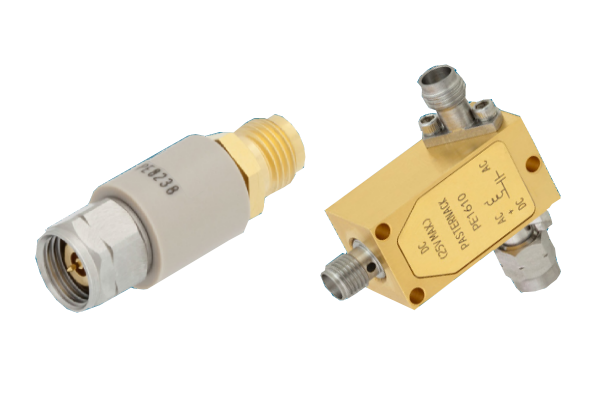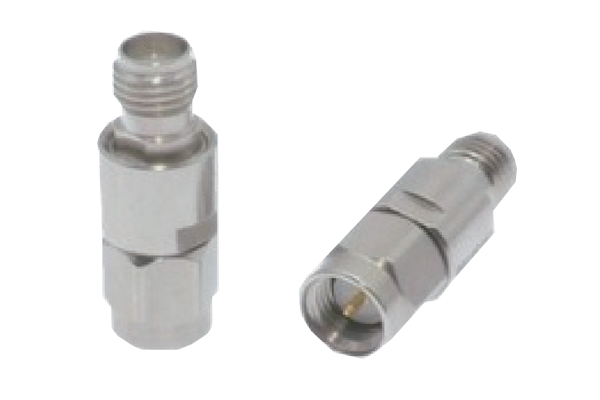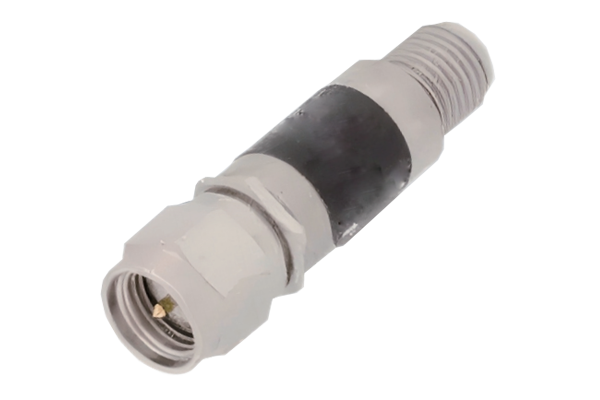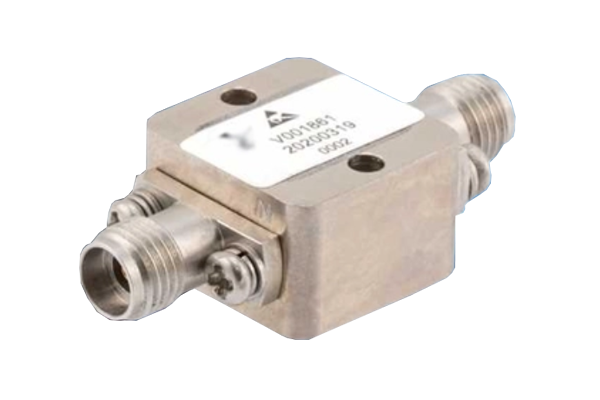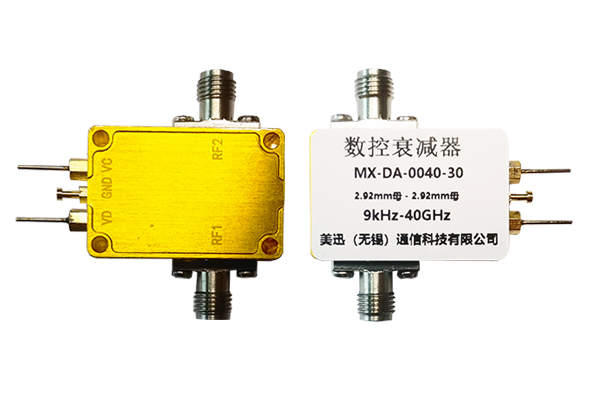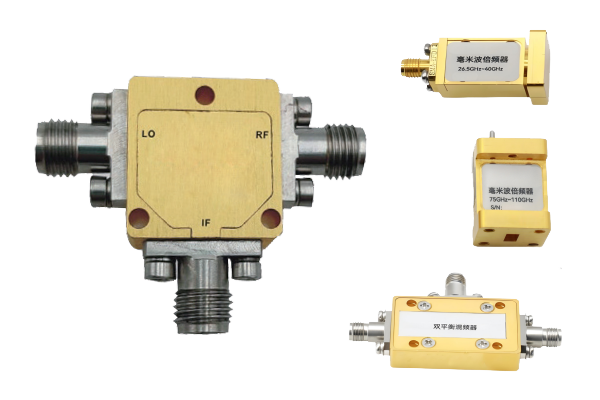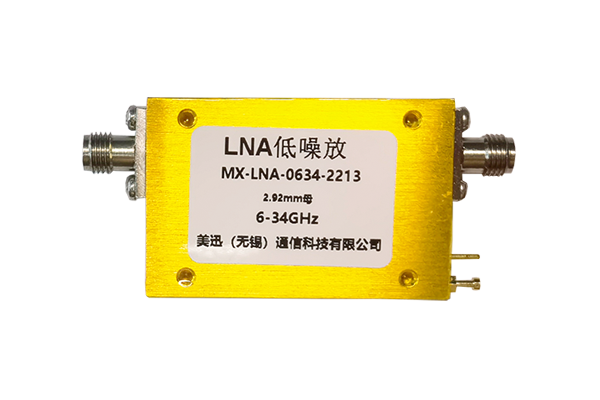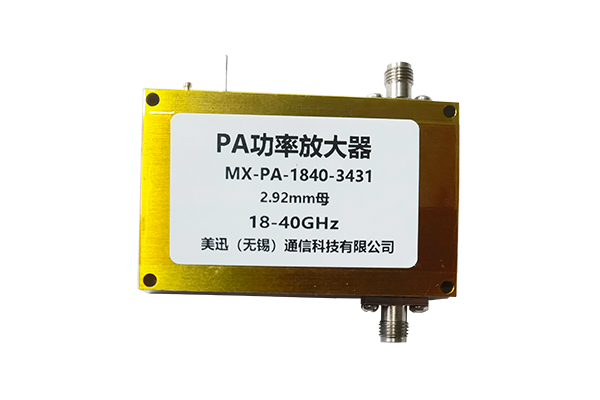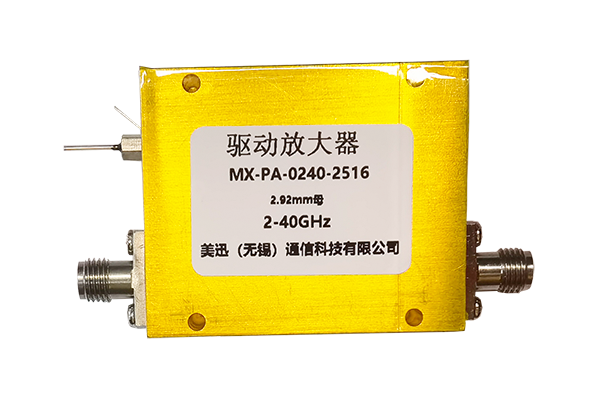Reliability test standards for low-noise amplifiers
Electrical performance test
Gain stability: Test the gain variation range of the LNA under different working conditions, such as different temperatures, power supply voltages, etc. The gain is required to fluctuate within the specified range to ensure that its signal amplification ability is stable. For example, in the temperature range of -40℃ to 85℃, the gain change shall not exceed ±3dB.
Noise figure: Measure the noise figure of LNA under various working conditions, and the value should meet the product specification requirements. Generally, for high-performance LNA, the noise figure may be required to be less than 2dB and remain stable throughout the operating frequency band.
Input and output impedance matching: Check the matching degree of the input and output impedance of LNA with the design value. Generally, the reflection coefficient is required to be within a certain range, such as less than -10dB, to ensure efficient signal transmission and reduce reflection loss.
Environmental adaptability test
Temperature cycle test: Place LNA in different temperature environments for cycle testing, such as from -55℃ to 125℃, cycle multiple times, and observe its performance changes. After the test, LNA should still work normally, and the electrical performance indicators should be within the specified range.
Humidity test: In a high humidity environment, such as relative humidity above 90%, place it for a certain period of time to check whether the performance of LNA is affected, whether there are short circuits, corrosion and other problems.
Vibration and shock test: simulate the vibration and shock conditions that LNA may encounter during transportation and use, and test according to certain standards, such as vibration frequency between 10Hz and 2000Hz, and acceleration reaching a certain value. After the test, the structure of LNA should be intact and the performance should remain stable.
Long-term stability test
Life test: let LNA work continuously for thousands of hours or even longer under rated working conditions, and regularly monitor its performance indicators such as gain, noise factor, etc. It is required that the performance degradation does not exceed a certain proportion, such as 10% within the specified life span.
Aging test: by applying certain stresses to LNA, such as high temperature, high voltage, etc., to accelerate its aging process, and then evaluate its performance changes to predict its reliability in actual use.



